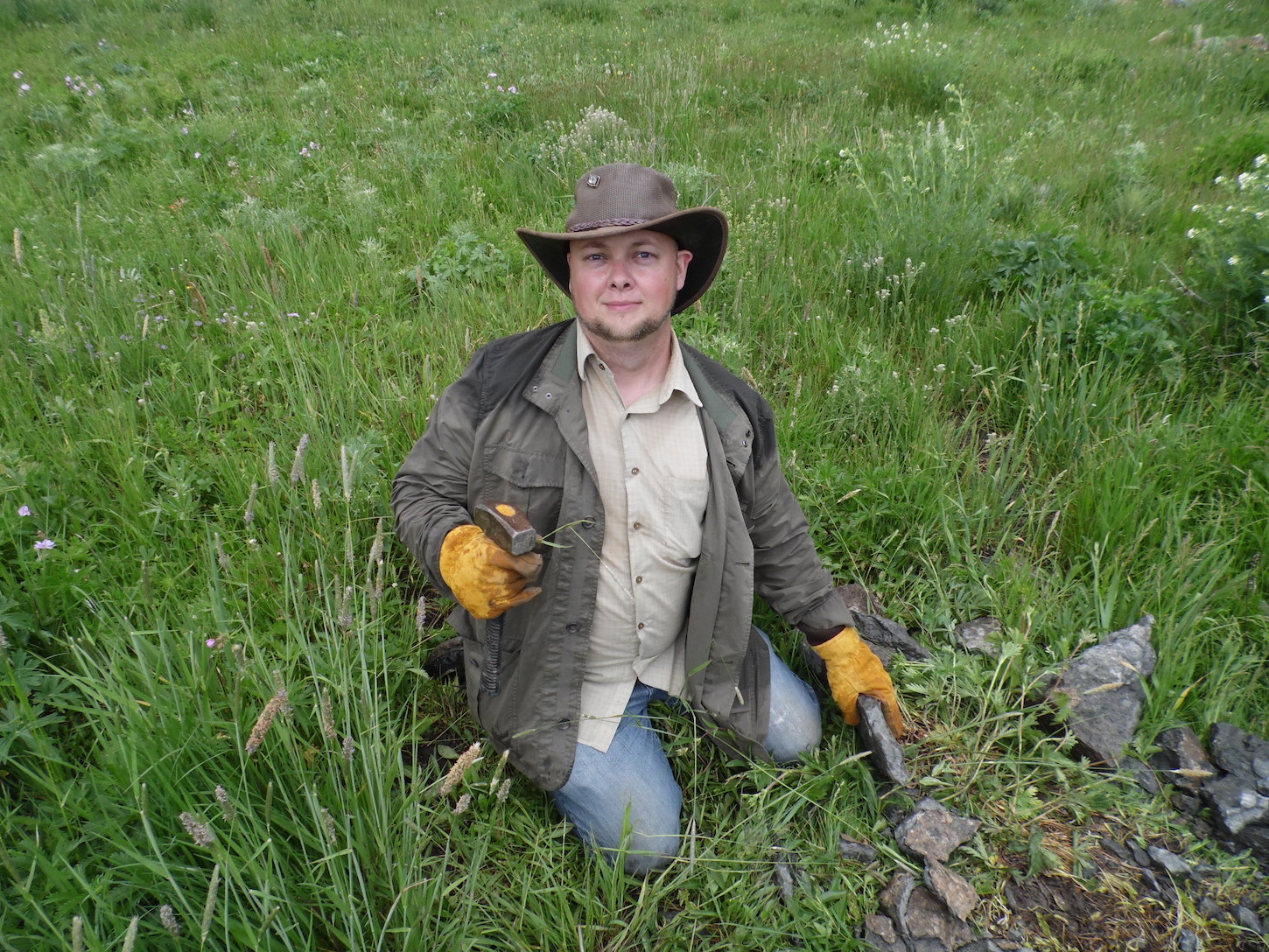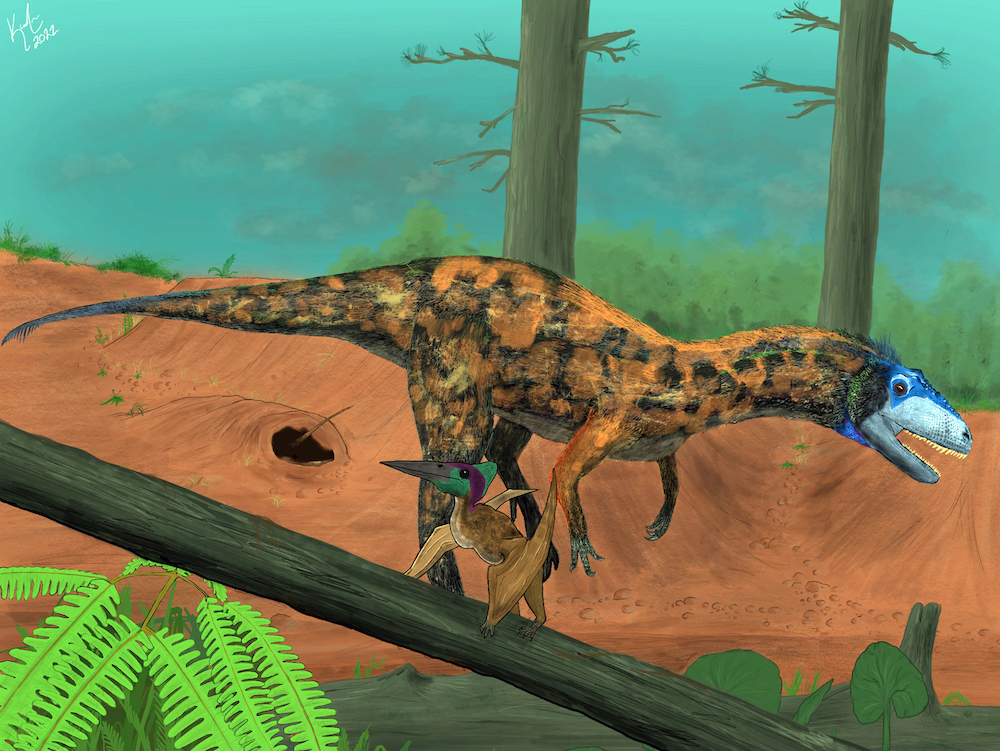Ancient Relative of Tyrannosaurus Rex Discovered by Idaho State University Paleontologist
June 8, 2022

Thanks to a discovery by an Idaho State University paleontologist, we’re finding out that one of Tyrannosaurus rex’s ancestors may have been more teeny than terrible.
In a new paper published in the Journal of Paleontology, L.J. Krumenacker, adjunct professor of geosciences at ISU and affiliate curator at the Idaho Museum of Natural History, and his co-authors share the details of a partial femur of a Tyrannosaurus-like dinosaur.

“This is the first bone of a tyrannosaur to be found in Idaho and the oldest bone of Cretaceous-age tyrannosaur from North America,” said Krumenacker. “This fossil shows that a variety of tyrannosaurs were present in western North America around 100 million years ago and well before these types of animals became the dominant predators near the end of the age of dinosaurs.”
The fossil looks to be from a species similar to Moros intrepidus, a tyrannosaur found in Utah. The specimen is believed to have been at least five-years-old when it died and was not a full-grown adult, according to Krumenacker.
“We estimate the animal weighed just over 100 pounds, and even though it was smaller-bodied, this animal would have been an effective predator in its environment,” Krumenacker said. “When I found this fossil, I immediately recognized it as a thigh bone from a carnivorous dinosaur. Carnivores are comparatively rare in most ecosystems, and I knew this animal would be special as so few carnivorous dinosaurs have been found in Idaho.”
The fossil was found in Eastern Idaho’s Bonneville County on land managed by the United States Forest Service. Located in the Caribou Mountains, the rocks are part of the Wayan Formation and consist primarily of mudstone and sandstone formed from ancient rivers.
“Southeastern Idaho has a lot of potential for further discoveries of ancient life from the age of dinosaurs and other times in history,” said Krumenacker. “We have found lots of fossil fragments that show there is a great diversity of ancient dinosaurs and other animals from Idaho left to discover and learn more about.”
Currently, the fossil is in North Carolina and is being studied by Krumenacker’s co-author Lindsay Zanno, Associate Research Professor in the Department of Biological Sciences at North Carolina State University. Its permanent home will be back in Pocatello at the Idaho Museum of Natural History, and IMNH plans to feature the animal as part of a scheduled “Idaho Dinosaurs” exhibit in 2023. The museum will be commissioning a reconstruction of the animal as part of the exhibit.
"This new tyrannosaur is a reminder that scientific discovery is ongoing," said Brandon Peecook, paleontology curator at IMNH and assistant professor of paleobiology at ISU. "We're excited to showcase the new specimen to the public not only as a cool fossil but also as a source of data for future science into the history of life."
In 2021, Krumenacker had a paper he co-authored published in Nature that detailed how life in Idaho bounced back after the Permian mass extinction.
For more information about the Idaho Museum of Natural History, visit isu.edu/imnh.
More on ISU’s Department of Geosciences can be found at isu.edu/geosciences.
Categories:
